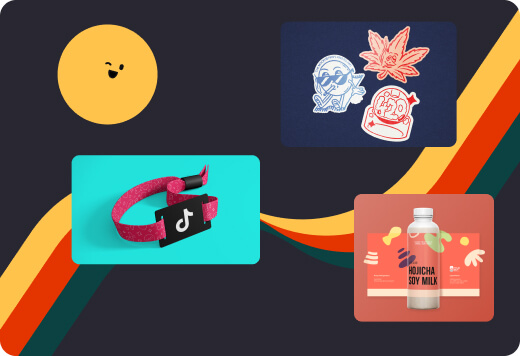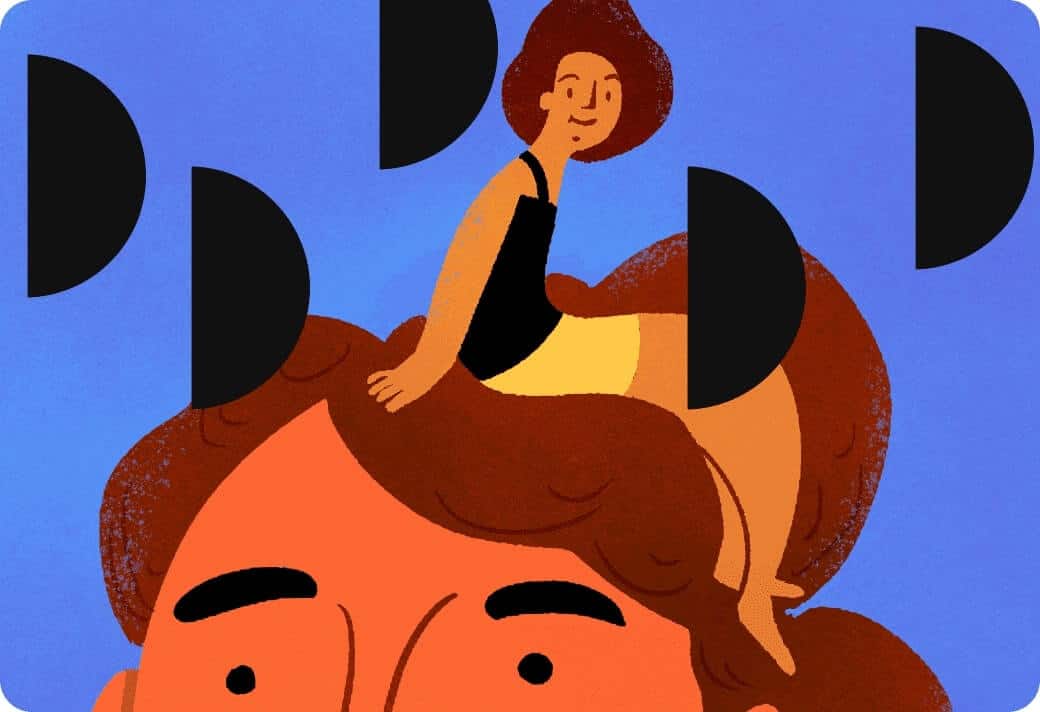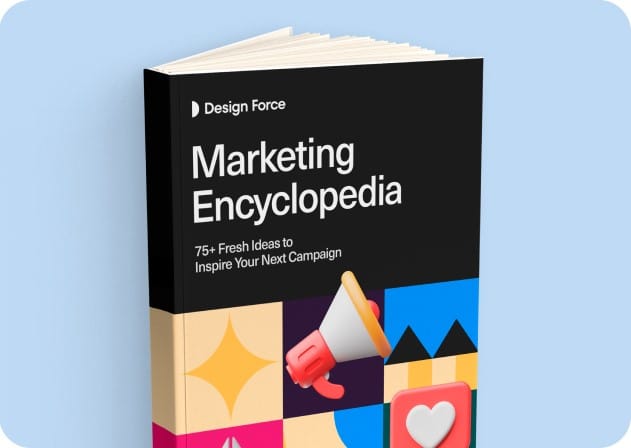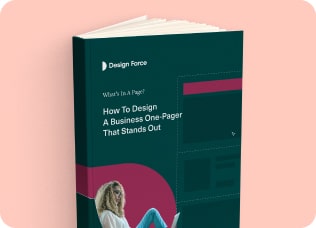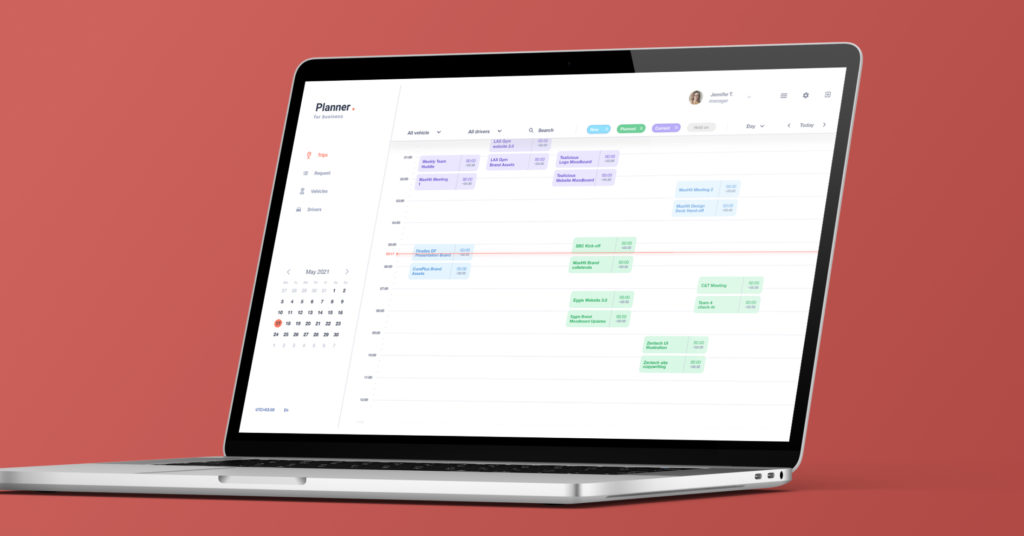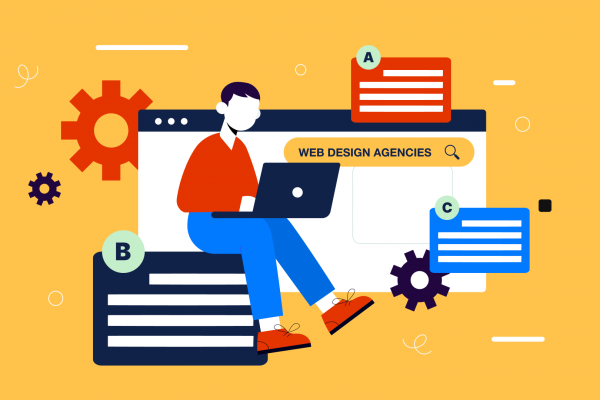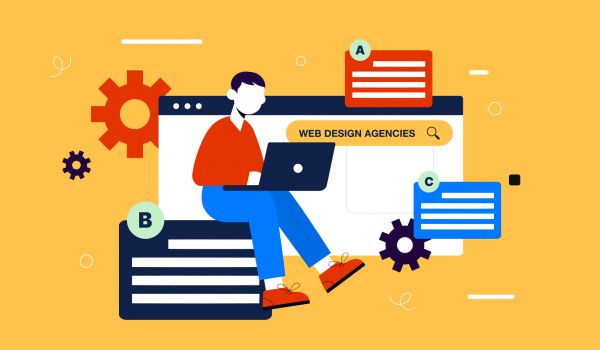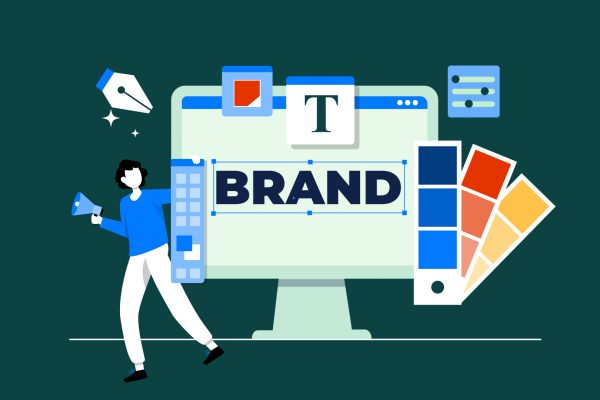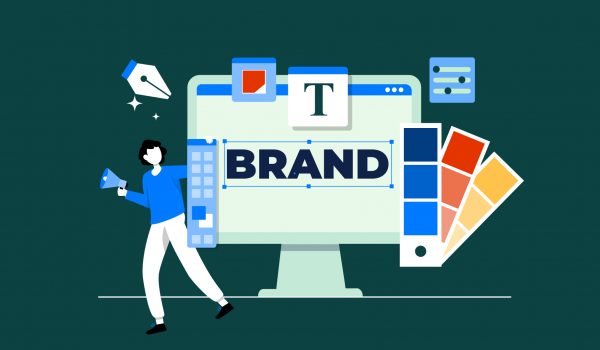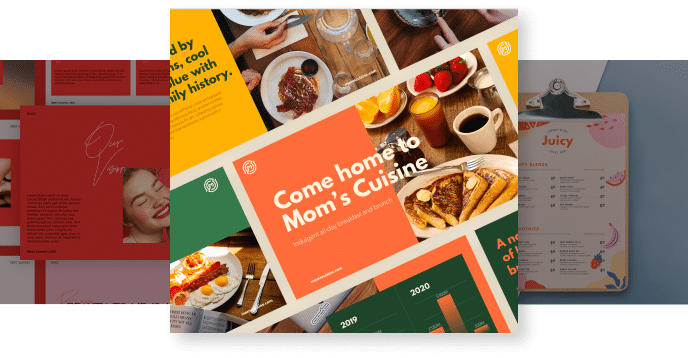Project management for design professionals is key to delivering a successful result, allowing your teams to manage time and resources effectively.
It’s a skill that design agencies master, and although project management for designers specifically may not seem top of the priority list, it’s crucial to get right.
Having a system in place that takes you from idea to outcome will make the graphic design process more seamless, more enjoyable, and reward you with higher quality work in less time.
Read on for our favourite project management tips to ensure your next design project is the best yet.
All you need to remember are the three P’s: Plan, Produce, Polish.
The 1st step to a successful project management system: Plan
Before you begin any new project, design or otherwise, you need to plan.
As designers and creatives, it’s easy to want to jump straight to the fun part (designing), but adopting some project management skills from the start will benefit you and your team in the long run.
This stage can be done in-house or can be used to formulate a brief to pass onto design freelancers or design agencies.
We like to think of this section in the traditional who, what, where, why, when and how structure, as follows:
Who is the design work for?
Understanding the audience on the receiving end of the graphic design work will help you decide who to delegate the different elements of the design to.
For example, a children’s book cover that needs to be bold, colourful and simple could require a designer with illustration experience, whereas an app for a sports class booking platform may need a more technical and UX-focused designer.
What are the deliverables?
What do you need to achieve with this design work? What are the non-negotiables?
Be it 15 social media graphics, 5 advert banners or a functioning website design, get the exact deliverables decided at the start of the project.
Make sure everyone on board is aligned and clear to avoid the dreaded ‘scope-creep’.
Where will the project be managed?
There are plenty of project management tools for professionals out there so test out some options to see what suits your needs. It’s important to keep everything from the brief to design drafts, contracts and conditions all in one, easily accessible place.
Some of the best project management software for design agencies are:
- Trello
- Asana
- Monday.com
- Notion
- Google Drive
External apps not for you? Design your own template that you can use to fill out each time you start a new project to make it slightly more fun.
Why are you taking on this design project?
This one may seem a little obvious, but by having this written somewhere clearly for everyone involved to refer to, you’ll keep everyone on the same page and give the project clarity and direction.
An example of your ‘why’ could be:
We are producing an interactive graphic so that X charity can raise more donations to support the fight against XYZ.
When does the project have to be completed?
One of the most important project management tips for design professionals is knowing the deadline.
Once you have the deadline date, work backwards to determine when each aspect of work needs to be completed and who needs to action it. Add this to a timeline or calendar and make sure everyone involved is aware.
How are you going to communicate changes?
Changes in any design or creative project can be inevitable, but the added stress that comes with unexpected changes doesn’t have to be.
Determine a clear process for submitting changes to the brief with your team, or if you’re an agency or freelancer, with your client.
Decide to what level changes are acceptable, and add the necessary requirements to contracts before you get started.
The 2nd step to a successful project management system: Produce
Now that you have the outline and deliverables in place, it’s time to get to the fun part, designing.
Once you or your team get started on the individual aspects of the project, it’s important that you use the communication processes and design project management tools you put in place in the planning stage.
Regularly check in with designers and their respective deadlines to see how things are going, and provide space for feedback and amendments as you go.
During the production phase, staying organised is key to keeping things on track.
Make sure that all files, conversations and updates remain in the central project management tool that you selected or your own designed cloud-based folder.
When managing freelancers, stick to the agreed feedback deadlines and keep communication a high priority.
If you’re in need of high-quality design work and don’t want to and keep track of multiple freelancers at once, Design Force offers an all-in-one solution that provides you with just two people to communicate with: a Design Manager and Creative Director.
They’ll do all of the project management work for you, all you need to do is tell them what you need.
The 3rd step to a successful project management system: Polish
Hurrah, the design work is done! Congratulations! Now what?
Before you run off to celebrate with your team, it’s important to reflect on the project as a whole, then polish and refine your project management systems for the next design objective.
Think about:
- What went well?
- What communication tool helped you stay on track? Did you integrate Slack or find email worked fine?
- Where could improvements be made to the overall process?
- Did everyone stick to their deadlines? If not, were the dates clear and attainable?
Take note of all these things within the project management system that you put in place, and use them (both the positives and negatives) to help you in the planning stage of future projects.
And there you have it, the 3 Ps to executing your next design project to the highest standard.
Want all the project design planning and production to be done for you? We get it. Get in touch with Design Force today.
